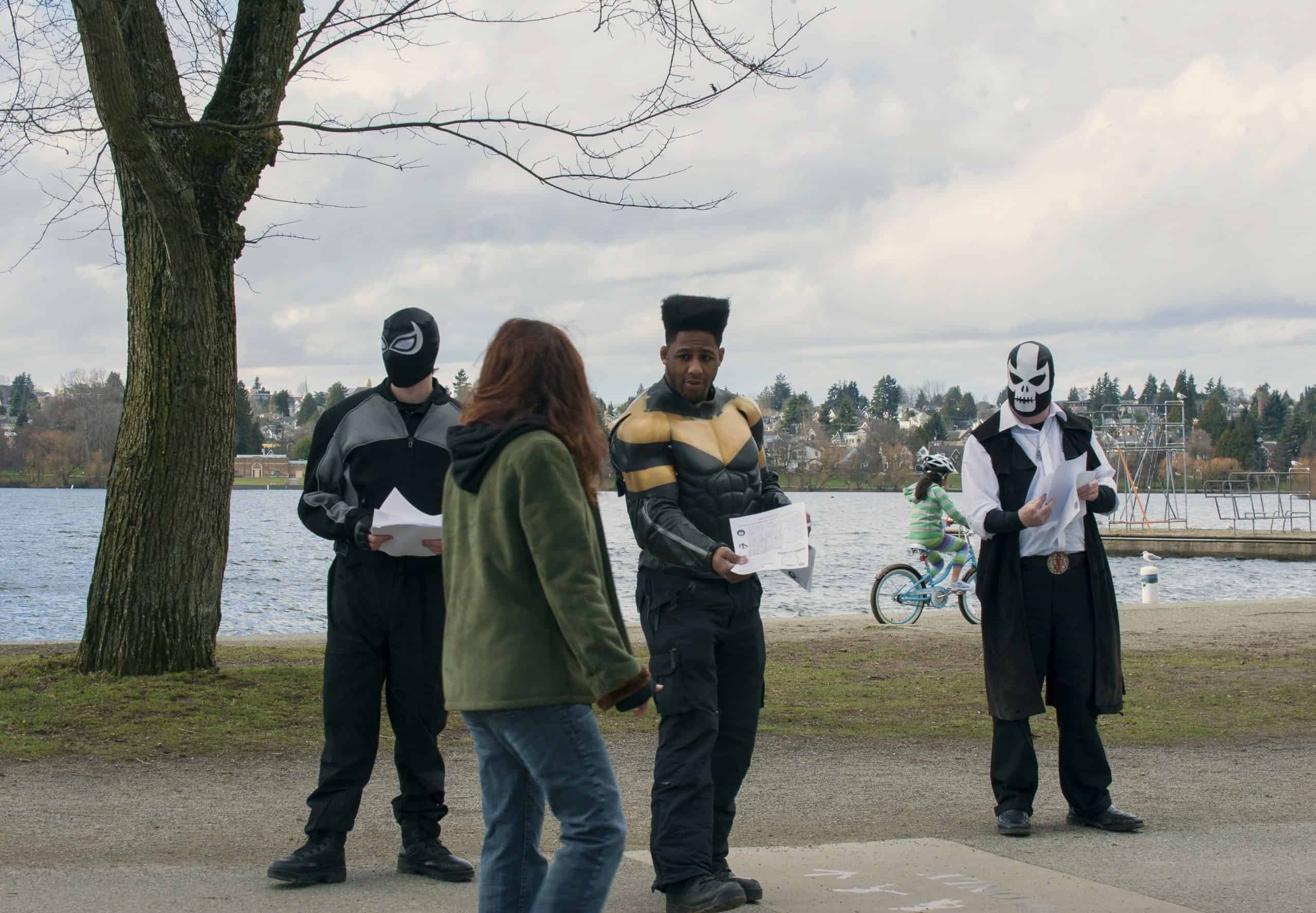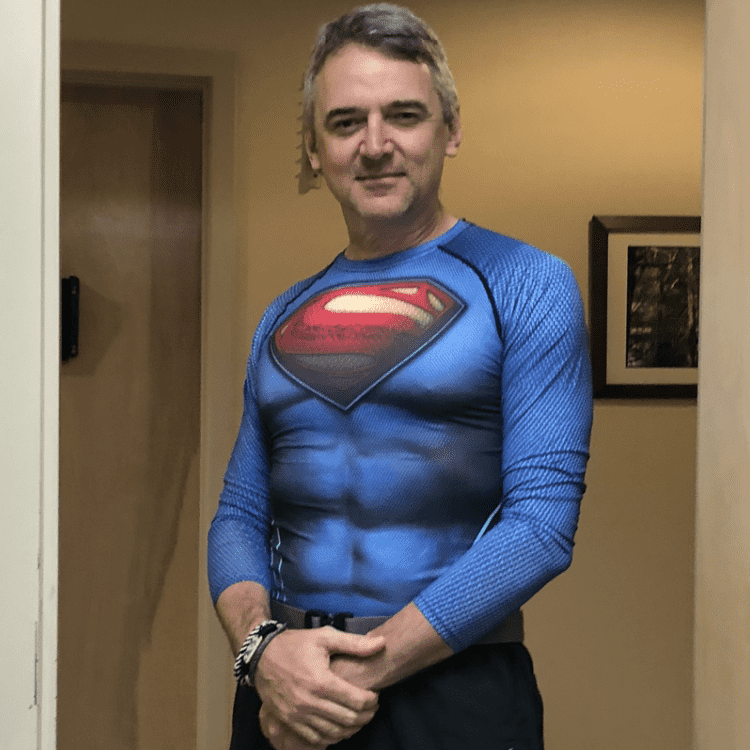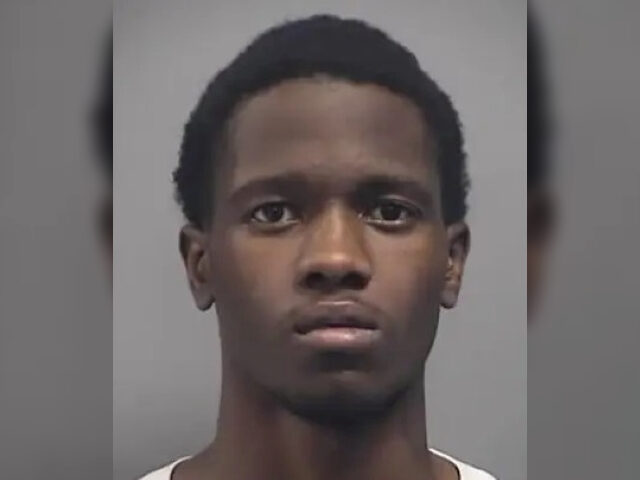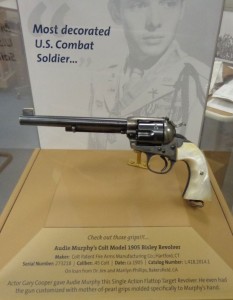Future president Theodore Roosevelt returned to the city of his birth in 1895 to take on a task that might have intimidated other people, the reform of the notoriously corrupt police department.
His appointment was front-page news and he obviously saw the job as chance to clean up
New York City while reviving his own political career, which had stalled.
As the president of the police commission, Roosevelt, true to form, vigorously threw himself into the task. His trademark zeal, when applied to the complexities of urban politics, tended to generate a cascade of problems.
Roosevelt’s time at the top of the New York Police Department brought him into conflict with powerful factions, and he did not always emerge triumphant. In one notable example, his widely publicized crusade to close saloons on Sunday, the only day when many workingmen could socialize in them, provoked a lively public backlash.
When he left the police job, after only two years, the department had been changed for the better. But Roosevelt’s time as New York City’s top cop had been raucous, and the clashes he found himself in had nearly brought his political career to an end.
Roosevelt’s Patrician Background
Theodore Roosevelt was born into a wealthy New York City family on October 27, 1858. A sickly child who overcame illness through physical exertion, he went on to Harvard and entered New York politics by winning a seat in the state assembly at the age of 23.
In 1886 he lost an election for mayor of New York City. He then stayed out of government for three years until he was appointed by
President Benjamin Harrison to the United States Civil Service Commission. For six years Roosevelt served in Washington, D.C., overseeing the reform of the nation’s civil service, which had been tainted by decades of adherence to the
spoils system.
Roosevelt was respected for his work reforming the federal civil service, but he wished to return to New York City and something more challenging. A new reform mayor of the city, William L. Strong, offered him the job of sanitation commissioner in early 1895. Roosevelt turned it down, thinking the job of literally cleaning up the city was beneath his dignity.
A few months later, after a series of public hearings exposed widespread graft in the New York Police Department, the mayor came to Roosevelt with a far more attractive offer: a post on the board of police commissioners. Enthused by the chance to bring much-needed reforms to his hometown, and in a very public post, Roosevelt took the job.
The Corruption of the New York Police
A crusade to clean up New York City, led by a reform-minded minister, Rev. Charles Parkhurst, had prompted the state legislature to create a commission to investigate corruption. Chaired by state senator Clarence Lexow, what became known as the Lexow Commission held public hearings which exposed the startling depth of police corruption.
In weeks of testimony, saloon owners and prostitutes detailed a system of payoffs to police officials. And it became apparent that the thousands of saloons in the city functioned as political clubs which perpetuated the corruption.
Mayor Strong’s solution was to replace the four-member board that oversaw the police. And by putting an energetic reformer like Roosevelt on the board as its president, there was cause for optimism.
Roosevelt took the oath of office on the
morning of May 6,1895, at City Hall. The New York Times lauded Roosevelt the next morning, but expressed skepticism about the other three men named to the police board. They must have been named for “political considerations,” said an editorial. Problems were obvious at the outset of Roosevelt’s term at the top of the police department.
Roosevelt Made His Presence Known
In early June 1895 Roosevelt and a friend, the crusading newspaper reporter
Jacob Riis, ventured out into the streets of New York late one night, just after midnight. For hours they wandered through the darkened Manhattan streets, observing the police, at least when and where they could actually find them.
The New York Times carried a
story on June 8, 1895 with the headline, “Police Caught Napping.” The report referred to “President Roosevelt,” as he was president of the police board, and detailed how he had found policemen asleep on their posts or socializing in public when they should have been patrolling alone.
Several officers were ordered to report to police headquarters the day after Roosevelt’s late night tour. They received a strong personal reprimand from Roosevelt himself. The newspaper account noted: “The action of Mr. Roosevelt, when it became known, made a sensation throughout the department and as a consequence, more faithful patrol duty may be performed by the force for some time to come.”
Roosevelt also came into conflict with
Thomas Byrnes, a legendary detective who had come to epitomize the New York Police Department. Byrnes had amassed a suspiciously large fortune, with the apparent help of Wall Street characters such as
Jay Gould, but had managed to keep his job. Roosevelt forced Byrnes to resign, though no public reason for the ouster of Byrnes was ever disclosed.
Political Problems
Though Roosevelt was at heart a politician, he soon found himself in a political bind of his own making. He was determined to shut down saloons, which generally operated on Sundays in defiance of a local law.
The problem was that many New Yorkers worked a six-day week, and Sunday was the only day when they could gather in saloons and socialize. To the community of German immigrants, in particular, the Sunday saloon gatherings were considered an important facet of life. The saloons were not merely social, but often served as political clubs, frequented by an actively engaged citizenry.
Roosevelt’s crusade to shutter saloons on Sundays brought him into heated conflict with large segments of the population. He was denounced and viewed as being out of touch with the common people. The Germans in particular rallied against him, and Roosevelt’s campaign against saloons cost his Republican Party in the city-wide elections held in the fall of 1895.
The next summer, New York City was hit by a heat wave, and Roosevelt gained back some public support by his smart action in dealing with the crisis. He had made an effort to familiarize himself with slum neighborhoods, and he saw that the police distributed ice to people who desperately needed it.
By the end of 1896 Roosevelt was thoroughly tired of his police job. Republican William McKinley had won the election that fall, and Roosevelt began concentrating on finding a post within the new Republican administration. He was eventually appointed assistant secretary of the Navy, and left New York to return to Washington.
Impact of Roosevelt on New York’s Police
Theodore Roosevelt spent less than two years with the New York Police Department, and his tenure was marked with nearly constant controversy. While the job burnished his credentials as a reformer, most of what he tried to accomplish ended in frustration. The campaign against corruption proved essentially hopeless. New York City remained much the same after he left.
However, in later years Roosevelt’s time at police headquarters on Mulberry Street in lower Manhattan took on a legendary status. He would be remembered as a police commissioner who cleaned up New York, even though his accomplishments on the job didn’t live up to the legend.




:max_bytes(150000):strip_icc():format(webp)/Theodore-Roosevelt-NYPD-3032-3x2gty-56a48a223df78cf77282df37.jpg)































